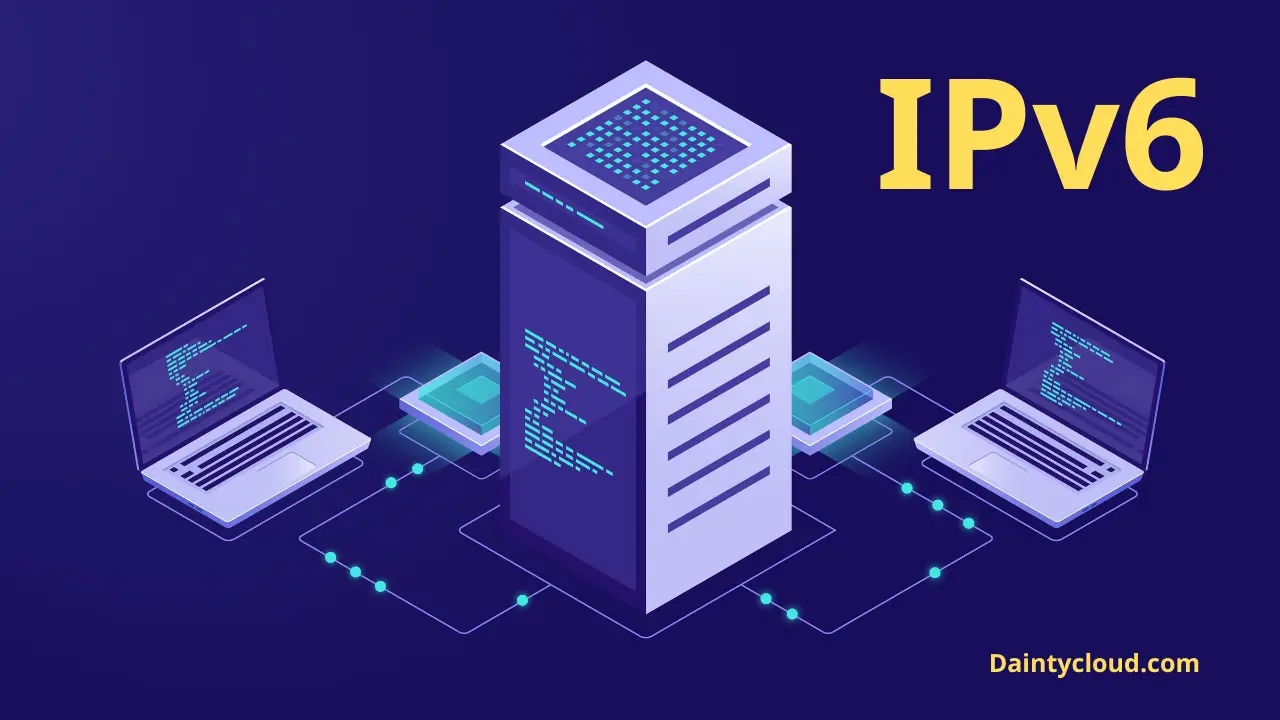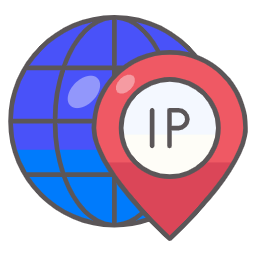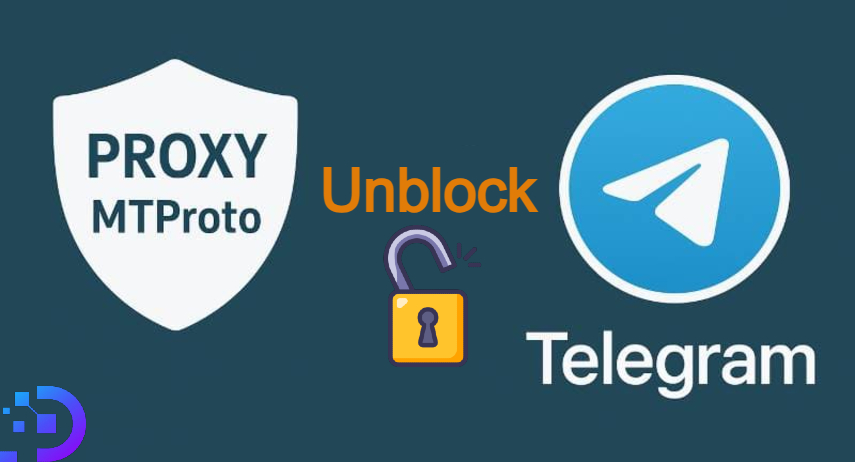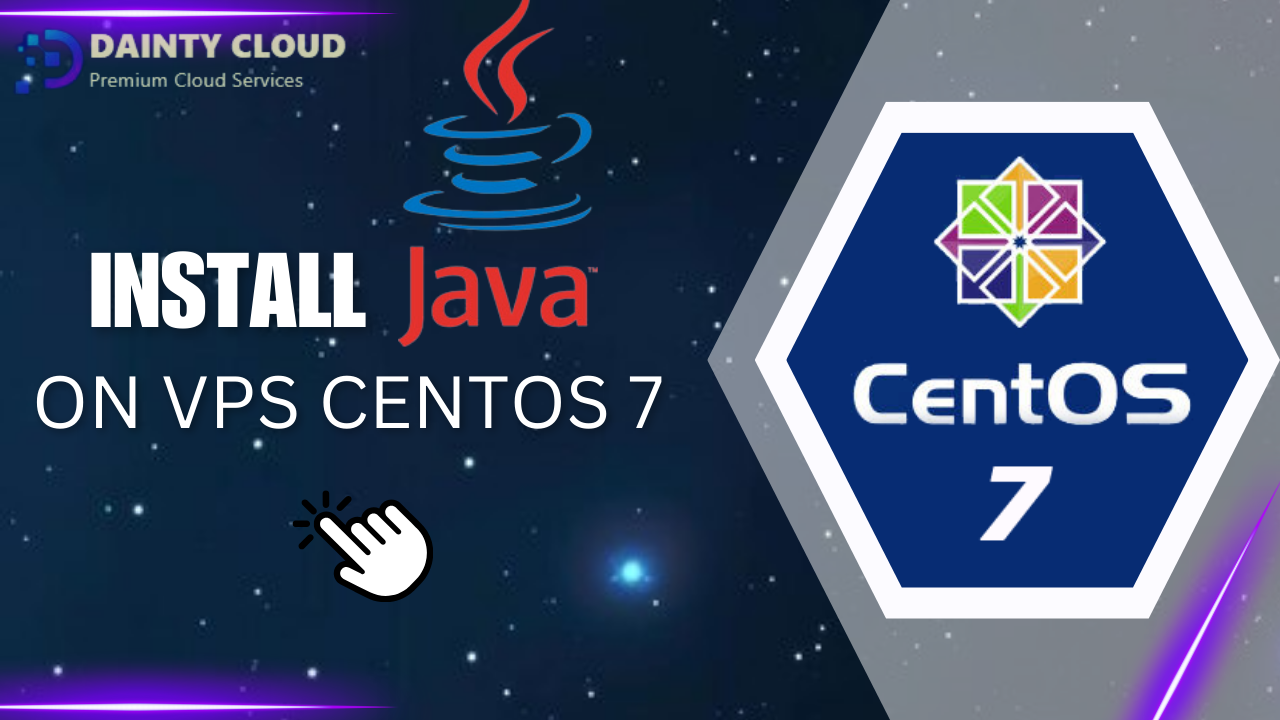How to Create an IPV6 Proxy using VPS
When you use a proxy it is a way to hide your real IP address when you access the internet. This helps protect your privacy or helps you access blocked websites. It is important that you use the proxy server’s IP address instead of your own.
What is an IPv6 proxy?

IPv6 is a new version of the internet protocol compared to IPv4, and it provides many new IP addresses. When you use an IPv6 proxy, you can use one of these IP addresses to truly anonymize yourself online.
In short, IPv6 proxies help you hide your real IP address when accessing the internet to protect your privacy or avoid censorship.
Where to buy vps to create ipv6 proxy
Refer to website: Daintycloud
Customer care contact: Daintycloud

How to create an IPV6 proxy using VPS
- To initialize vps, I will choose Centos 7 for OS. Recommend this version, you can try experimenting on different versions.
- Update the system with the following command:
yum update -y - Run the following command:
bash <(curl -s "https://raw.githubusercontent.com/nbdat92/ipv6-proxy-creator/main/scripts/install.sh") - Wait a moment, the system will ask how many proxies to create, Maximum 300, enter the number to create and press Enter.
- After initialization, the system will give you a link to download the proxy list and include the decompression password. Now download and use.
- you can use on software or browser extensions.
=> Video tutorial:
IPv4 and IPv6: Comparing Pros and Cons
IPv4:
Advantages:
Widespread Adoption: IPv4 is the most widely used version and has been the standard for decades, resulting in broad compatibility across devices and networks.
Simplicity: IPv4 addresses are represented as four sets of numbers separated by dots (e.g., 192.168.1.1), making them easy to understand and remember.
Mature Technology: IPv4 is a well-established and mature technology, with extensive documentation and a large pool of experienced professionals.
Disadvantages:
Limited Address Space: IPv4 provides a limited address space of approximately 4.3 billion unique addresses, which has led to address exhaustion issues.
Addressing Challenges: The depletion of available IPv4 addresses has led to the introduction of Network Address Translation (NAT) to cope with the scarcity, which can complicate network configurations.
Security Concerns: IPv4 lacks built-in security features, and additional protocols or measures are often required to ensure a secure communication environment.
IPv6:
Advantages:
Vast Address Space: IPv6 offers an immensely larger address space, with 128-bit addresses, allowing for an almost infinite number of unique IP addresses.
Efficient Routing: IPv6 was designed with an improved packet format and header structure, leading to more efficient routing and packet processing.
Enhanced Security: IPv6 includes features such as IPsec (Internet Protocol Security) as a mandatory part of the protocol suite, providing enhanced security compared to IPv4.
Disadvantages:
Transition Challenges: The transition from IPv4 to IPv6 is complex and can be slow due to the need for widespread adoption and compatibility issues between the two protocols.
Compatibility Issues: Some older devices and software may not support IPv6, requiring additional efforts for coexistence during the transition period.
Learning Curve: IPv6 introduces new concepts and a different address format, requiring network administrators and professionals to acquire new skills and knowledge.

















